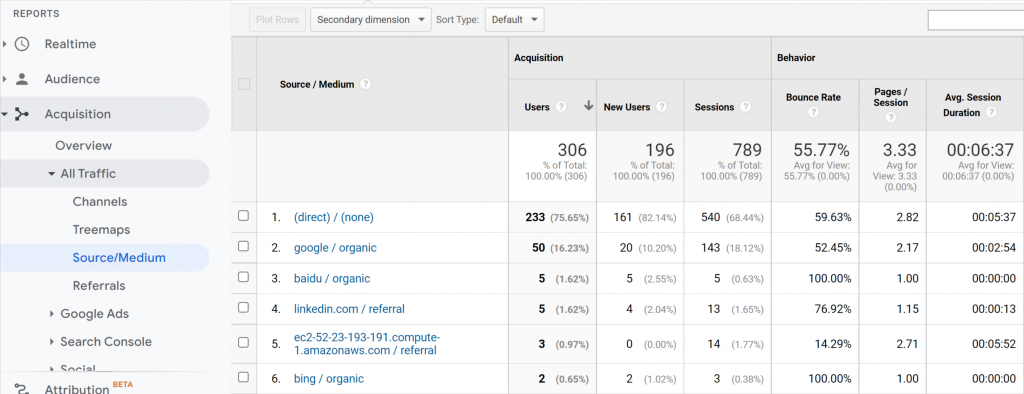UTM Code Overview
UTM codes, or Urchin Tracking Modules, are pieces of code that can be added to the end of your click URL in order to track certain dimensions of your digital advertising campaigns in your analytics reports. Utilizing URLs with unique UTM variables for each campaign or creative allows website traffic to be categorized in Google Analytics for in-depth performance analysis across source, medium, campaign and content.
